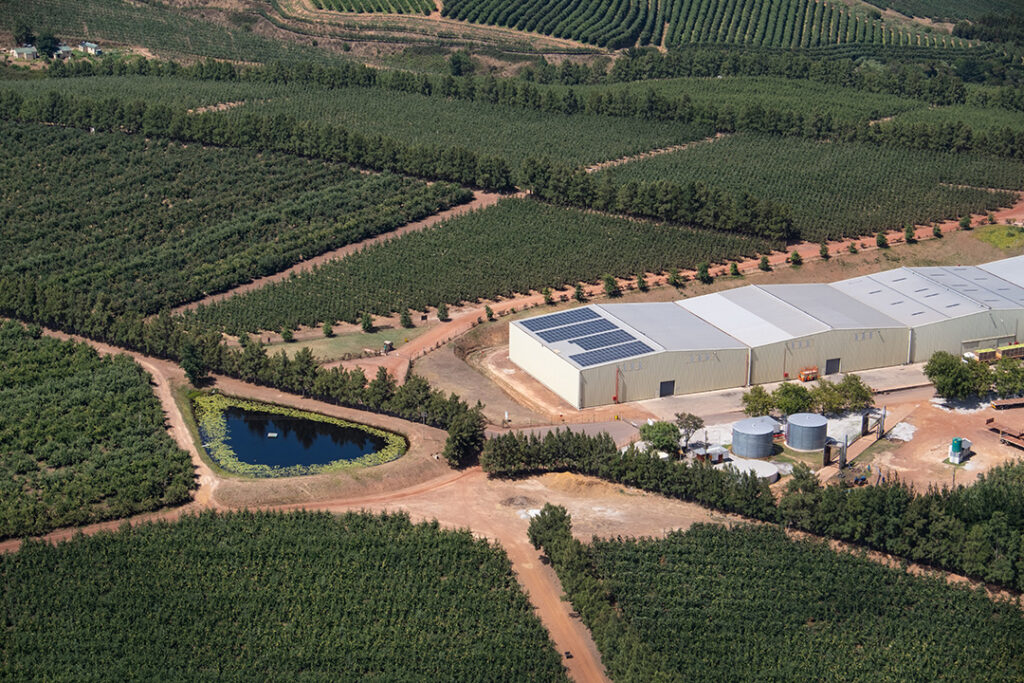African countries face a significant energy deficit that limits their economic growth and negatively affects the living standard of their citizens. But, according to the African Development Bank Group, the continent has made important progress in terms of access to electricity, with the percentage of the population with access increasing from 44% to 56% between 2010 and 2020. However, about 600 million in a continent with 1.2 billion people still do not have access to electricity, and about a billion people lack access to clean energy.
Globally, Africa still has the lowest rates of energy access. Noteworthy, Nigeria (86 million), the Democratic Republic of Congo (76 million) and Ethiopia (55 million) are some of the countries with the largest numbers without access to electricity in the world. Today, four in 10 people without access to clean fuels and technologies for cooking live in sub-Saharan Africa. About 930 million people in Africa lack access to clean cooking fuels and are forced to use polluting stoves and fuel that harm the environment and health, impeding economic development.
In 2015, the United Nations Sustainable Development Goals (SDGs) were adopted by 193 countries that sit in the UN General Assembly. SDG 7 commits to ensuring global access to affordable, reliable, sustainable, and modern energy by 2030.
Africa’s energy deficit indeed remains large, but there are several success stories on the continent. According to last year’s Africa Energy Outlook, Ghana, Kenya, and Rwanda are on track to full access by 2030.
Also, African governments have made remarkable progress in developing renewable energy. About 22 African countries already use renewables as their primary source of electricity. For example, in Kenya, geothermal energy accounts for 46% of electricity generation, while Ethiopia and Kenya are among the 10 countries globally with the largest public investment in geothermal electricity.
In Namibia, about 20% of electricity is generated through solar, and more than a third of Morocco’s electricity production capacity comes from renewable sources – hydro, wind, and solar.
The International Renewable Energy Agency (IRENA) reports that Africa has shown great progress in the development of its solar energy markets over recent years – the continent has experienced a growth of more than 1.8W of new solar installations, mainly driven by five countries; Egypt, South Africa, Kenya, Namibia, and Ghana.
But a significant increase in investment into the energy sector in general and renewable energy, in particular, is required for Africa to make more progress towards the goal of universal access to energy by 2030.
Johan van den Berg, the head of the secretariat at the Africa-EU Energy Partnership (AEEP), is optimistic that SDG 7 is achievable. Interviewed for this edition of Africa in Fact, van den Berg said: “According to the 2021 Africa-EU Energy Partnership’s European Financial Flows on SDG7 to Africa report, SDG7 is achievable. The report reviewed the progress made to date, the quality of financing mobilised, the quantified global commitments made towards the achievement of the UN’s Sustainable Development Goal 7 in Africa and [the] estimated annual investment needs, while [also] assessing the present funding gap.
“From the analysis, and the funding perspective, one can conclude SDG7 is achievable, at least by 2034. This means that SDG7 is in the process of being achieved, that the target of 2030 will require further acceleration, but most importantly that money may not be a fatal constraint. The funding is growing to reach SDG7, [but] probably a few years later than hoped for. The focus now needs to expand to long-lead items required. However, that does not mean that by 2034, everyone in Africa will automatically have electricity – for that to happen, the necessary infrastructure has to be put in place.”
Talking numbers, the president of the African Development Bank Group, Akinwumi Adesina, speaking at the Berlin Energy Transition Dialogue this year, said that to meet SDG7 goals, Africa needed to connect 90 million people annually to electricity within the next eight years and shift 130 million people from dirty cooking fuels every year. Africa’s energy transition is a huge task and will cost an estimated $100 billion annually between 2020 and 2040.
“I’m glad climate finance and energy access are converging, are being discussed together,” van den Berg told Africa in Fact. “Africa needs to package its energy ambitions and present them in climate discussions.”
Van den Berg cited three approaches that could be adopted for Africa to achieve SDG7. “First is the top-down, which focuses on centralisation and building strong institutions, working together towards a single purpose,” he said. “This requires capacity building and alignment of institutions; it is a huge task. The second is bottom-up, where local communities own, install, manage, operate and/or maintain mini-grid systems.
“The third option is a combination of both top-down and bottom-up – three principal actors, mainly local communities, private entrepreneurs and utilities collaborate to manage mini-grid projects.”
In the meantime, the African Union (AU) and partners have already launched several initiatives to reduce the continent’s energy deficit. These include the Africa Single Electricity Market (AfSEM), which the AU launched in June 2021 and will cover all 55 member states, and a population of more than 1.3 billion, making it one of the largest electricity markets in the world. AfSEM is anticipated to improve energy availability, access and affordability, diversification, and optimisation of renewable energy sources.
Another initiative is the African Continental Power System Masterplan (CMP) developed by the African Union Development Agency (AUDA-NEPAD), with support from the International Atomic Energy Agency (IAEA) and IRENA, and with the technical and financial support of the European Union (EU). The initiative aims to establish a long-term, continent-wide planning process.
Also, there is the Programme for Infrastructure Development in Africa (PIDA) developed by the African Union Commission (AUC), AUDA-NEPAD and the African Development Bank. This programme focuses on the development of regional and continental infrastructure, including energy, transport, information, and communication technologies (ICT), as well as transboundary water sources.
“The private sector has an important role in addressing Africa’s energy deficit; Africa can leverage private finance,” says van den Berg. “The private sector has the investments required to bolster African energy markets, and to ensure consumers get the best value for money and to free government resources and allow them to be used in other priority areas.”
Fortunately, private sector engagement in the energy sector is on the rise in Africa, starting with the generation sector and steadily migrating into transmission and distribution. For example, at the continental level, initiatives like the New Deal Africa and Power Africa continue to help improve energy access on the continent. At the country level, Kenya and South Africa are making remarkable progress in private power provision.
Last year, at the opening of the High-Level Forum on Financing Energy Transition in Africa, held in Ethiopia, Dr Amani Abou-Zeid, the AU Commissioner for Infrastructure and Energy called for an increase in private capital and higher financing flows into Africa’s energy sector.
“We, therefore, need to broaden our discussions to see how private capital can be used to close these gaps,” says Abou-Zeid. “We need to ensure that Africa’s needs for energy access are given the highest priority. For this to happen, there is a need to address the question of attracting higher flows of financing into Africa.”
According to IRENA, in a recent report, Towards a prosperous and sustainable Africa, a rethink and scale-up of current efforts are needed to maximise the socioeconomic gains of Africa’s energy transition. In particular, cooperation and contribution will be fundamental from all sides, including governments, societies, development partners, the public sector, and private-sector investors. The latter, in particular, has the capacity, both in financial and technical terms, to become a key driver of Africa’s energy transition and in mobilising investment resources.

Raphael Obonyo is a public policy analyst. He’s served as a consultant with the UN Department of Economic and Social Affairs (UNDESA). An alumnus of Duke University, he has authored and co-authored numerous books, including Conversations about the Youth in Kenya (2015). He is a TEDx fellow and has won various awards.



